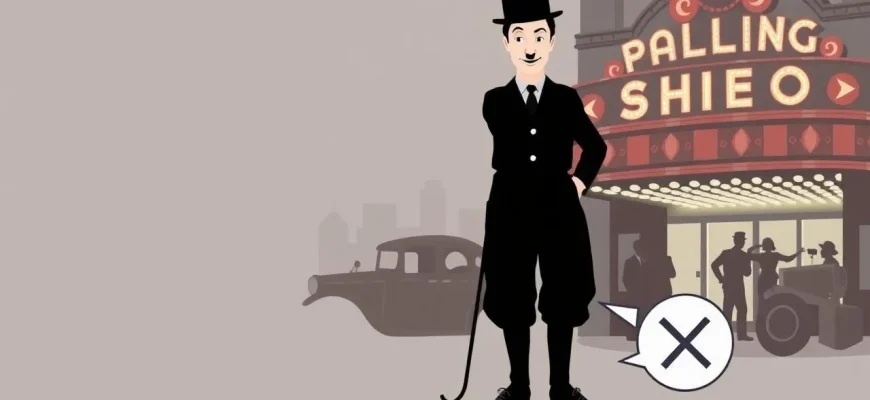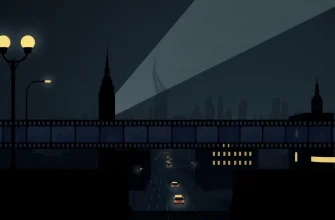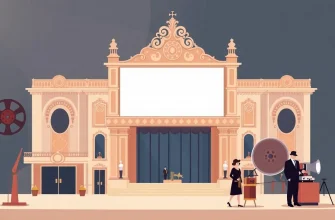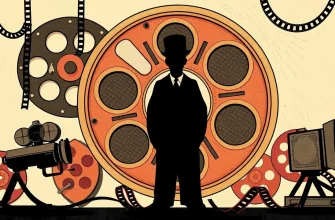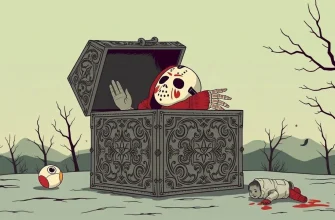Silent films hold a unique place in cinematic history, where the absence of dialogue was compensated by the sheer brilliance of physical comedy, expressive acting, and innovative storytelling. This curated list of the top 200 silent comedies not only showcases the golden era of cinema but also highlights the universal language of laughter. From the slapstick genius of Buster Keaton to the poignant humor of Charlie Chaplin, these films are a testament to the enduring appeal of visual comedy. Each film in this collection has been selected for its historical significance, comedic brilliance, and its ability to entertain audiences even today.
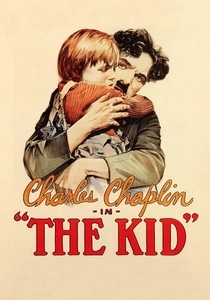
The Kid (1921)
Description: Chaplin's first full-length feature where he adopts an abandoned child, leading to both comedic and dramatic moments. This film is significant for its blend of comedy and pathos, setting a new standard for storytelling in silent films.
Fact: The child actor, Jackie Coogan, later became famous as Uncle Fester in "The Addams Family." The film was a huge success, making Coogan one of the first child stars.
 Watch Now
Watch Now 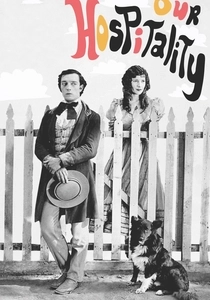
Our Hospitality (1923)
Description: Keaton stars in this film about a family feud set in the 1830s, where he must navigate the rules of Southern hospitality while avoiding being killed by his host's family.
Fact: The film features an early use of a steam locomotive, showcasing Keaton's love for trains, which would later influence "The General."
 Watch Now
Watch Now 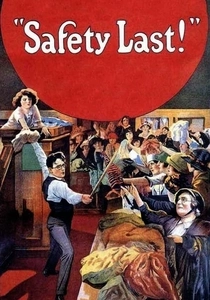
Safety Last! (1923)
Description: Harold Lloyd's iconic film where he climbs a skyscraper to win a bet, featuring the famous clock-hanging scene. This film is a masterclass in suspense and comedy, showcasing Lloyd's daring physical comedy.
Fact: The clock scene was not a special effect; Lloyd actually hung from the clock face, which was a real clock on a building in Los Angeles.
 Watch Now
Watch Now 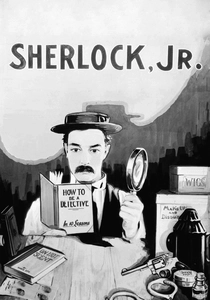
Sherlock Jr. (1924)
Description: Buster Keaton stars as a projectionist who dreams of becoming a detective. The film features one of the most famous dream sequences in cinema, where Keaton steps into the movie he's projecting, leading to a series of comedic mishaps.
Fact: Keaton did all his own stunts, including a scene where he hangs from a water tower, which was done without any safety equipment.
 Watch Now
Watch Now 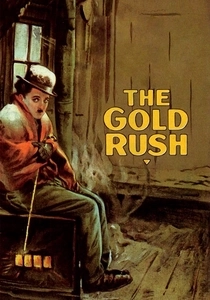
The Gold Rush (1925)
Description: Chaplin's Tramp heads to the Klondike in search of gold, leading to a series of comedic and touching adventures. Known for its iconic scenes like the shoe-eating sequence, this film combines slapstick with a tender love story.
Fact: Chaplin re-released the film in 1942 with his own narration and music, making it one of the first films to be re-released with sound.
 Watch Now
Watch Now 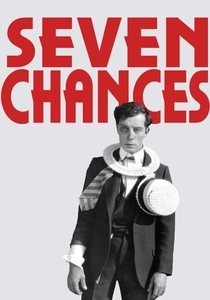
Seven Chances (1925)
Description: Buster Keaton must find a wife by 7 p.m. to inherit a fortune, leading to a madcap chase with potential brides. The film is famous for its final sequence where Keaton is chased by a horde of women.
Fact: The rockslide scene at the end was done with real rocks, and Keaton narrowly escaped being crushed.
 Watch Now
Watch Now 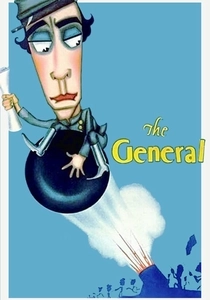
The General (1926)
Description: Buster Keaton's masterpiece where he plays a Confederate railroad engineer who must save his beloved train and win back his love. The film is renowned for its elaborate stunts and comedic timing, making it a cornerstone of silent comedy.
Fact: Keaton performed many of his own stunts, including the iconic scene where he sits on the connecting rod of a moving train. The film was initially considered a flop but has since been recognized as one of the greatest films ever made.
 Watch Now
Watch Now 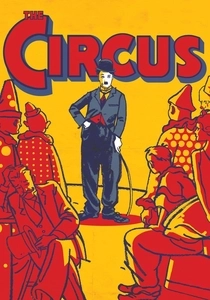
The Circus (1928)
Description: Chaplin's Tramp accidentally joins a circus, where his clumsiness becomes the highlight of the show. This film is notable for its blend of comedy and circus acts, with Chaplin's physical comedy at its peak.
Fact: During filming, Chaplin faced numerous personal challenges, including a divorce and tax issues, which influenced the film's darker tone.
 Watch Now
Watch Now 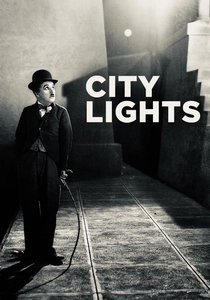
City Lights (1931)
Description: Charlie Chaplin's Tramp falls in love with a blind flower girl, leading to a series of comedic and touching events. This film blends humor with heartfelt emotion, showcasing Chaplin's ability to convey deep human feelings without words.
Fact: The film was shot in 1928 but released in 1931, marking the transition from silent to sound films. Chaplin himself composed the score, which was played live during screenings.
 Watch Now
Watch Now 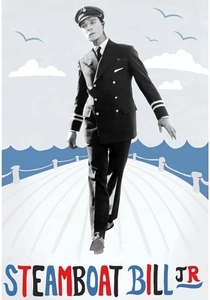
Steamboat Bill, Jr. (1928)
Description: Buster Keaton plays a college boy who tries to impress his stern father, leading to a series of comedic disasters, including the famous falling house facade scene.
Fact: Keaton narrowly escaped serious injury during the filming of the falling house facade stunt, which was done without any special effects.
 30 Days Free
30 Days Free 
